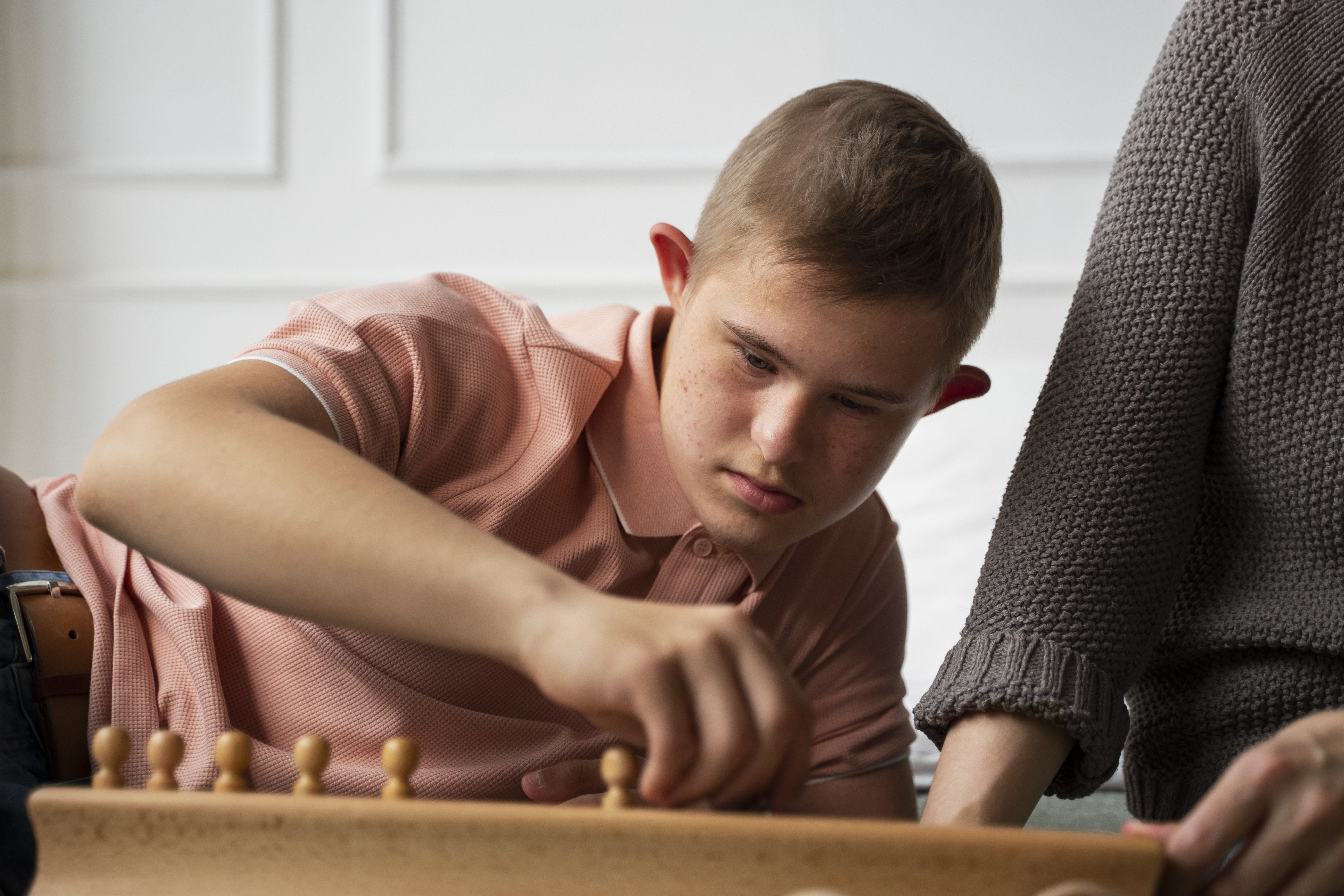
Thu Aug 01 - Written by: Stuti S.
Intersection of Introversion and Autism
It is written nowhere that a child having autism is an introvert or an introvert is to be autistic.
Navigating Social Spaces: Understanding the Intersection of Introversion and Autism
It is written nowhere that a child having autism is an introvert or an introvert is to be autistic. Instead, there is a huge difference between having autism and being introverted.
There is a misconception in people that a brilliant autistic child isn’t autistic and is introverted.
As we know, the nature of autistic children can vary widely between individuals.
The point is that they should be understood by us and we should help them to address challenges that may affect their quality of life rather than shouting and blaming them for their disobedience.
This article examines whether your child is an introvert or is suffering from autism deep inside. It also looks for some intersections of introversion and autism.
What is the concept of introversion and autism spectrum disorder (ASD)?
Understanding introverts
Introversion is the tendency to be concerned with one’s thoughts and feelings rather than with external things. A person with the qualities of personality type or introversion is known as an introvert, which means they are comfortable on their own and have only one or two friends. They enjoy their own company or a countable circle of friends.
Understanding autism
Autism Spectrum Disorder (ASD) is a broad range of conditions that is characterized by challenges with two-way or even one-way communication, social interactions, and repetitive behaviors. People having autism have distinctive ways of interacting with the world, as the condition affects each person dissimilarly.
Every autistic child has a different nature - how they react from mild to severe.
Introversion is a personality trait, while ASD is a neurodevelopmental condition.
How can introversion and ASD intersect?
- Some individuals with ASD may also be introverted, preferring solitary activities or small social circles.
- Differences in social interaction styles (e.g., introverts may choose solitude, whereas individuals with ASD may struggle with social cues).
- Many individuals with autism experience sensory sensitivities, such as heightened sensitivity to sounds, lights, or textures. Some introverts may also be sensitive to stimuli, although it tends to manifest differently and may not be as intense or pervasive as in autism.
- Autism can involve nonverbal communication difficulties and social nuances, while introverts prefer straightforward communication and may avoid small talk due to personality, not cognitive differences.
- Introverts may be reserved in expressing emotions outwardly as well as, and individuals with autism also struggle with recognizing and expressing emotions in ways others understand.
Challenges and Misconceptions
We all might have misconceptions or no proper knowledge about what it might be but the fact is “not all introverts have ASD, and not all individuals with autism are introverted”. This is the basic thing that you should keep in your mind to avoid misconceptions.
But some sorts of misconceptions is still here and many challenges are being faced by those children. Certainly! Here are the challenges of introversion and Autism Spectrum Disorder (ASD) presented in bullet points:
1. Introversion:
- Social situations can be draining, requiring time alone to recharge.
- May struggle with assertiveness or initiating conversations.
- Often misunderstood as being shy or antisocial.
- Potential difficulty in networking or forming new social connections.
- Preference for deep, meaningful relationships over superficial interactions.
2. Autism Spectrum Disorder (ASD):
- Difficulty understanding social cues, such as body language and facial expressions.
- Challenges in communication, including verbal and nonverbal aspects.
- Sensory sensitivities to light, sound, touch, or textures.
- Routine and sensory overload can lead to anxiety or meltdowns.
- Potential for social isolation or feeling misunderstood by others.
These challenges highlight the unique aspects of introversion and ASD, emphasizing the need for understanding and support tailored to each individual’s needs.
* Autistic Introverts:
The majority of autistic people can be described as introverts as defined by Myers Briggs because our world isn’t built with autistic people in mind. In other words, the majority of autistic people are introverted, they prefer alone time and small interactions with people.
* Autistic Extroverts:
There are many autistic extroverts. Autistic people who are also extroverts may find life more difficult than those who are natural introverts if they don’t have an autistic or neurodivergent community around them.
So, autistic people may be introverted and extroverted too. It doesn’t mean that being extroverted decreases the difficulties of life. Both autistic people have their difficulties and challenges.
For example:
- Daryl Hannah – who is known for her roles in films such as Splash, Blade Runner, and Steel Magnolias was once diagnosed with autism. Now she is known as an Actress & Environmental Activist.
- Charles Darwin – is believed to have autism spectrum disorder. He was a very quiet person who avoided social interactions. He also preferred to communicate by writing rather than verbally and was very focused on his work. He is known as Naturalist, Geologist, and Biologist.
_It clearly shows that Daryl Hannah is an autism-diagnosed person who is an extrovert, whereas, Charles Darwin completely indicates the character of an introvert.
This is why autism is known as a spectrum disorder.
In a nutshell,
Navigating social spaces requires a nuanced understanding of how introversion and Autism Spectrum Disorder intersect, respecting diverse social behaviors and communication styles.